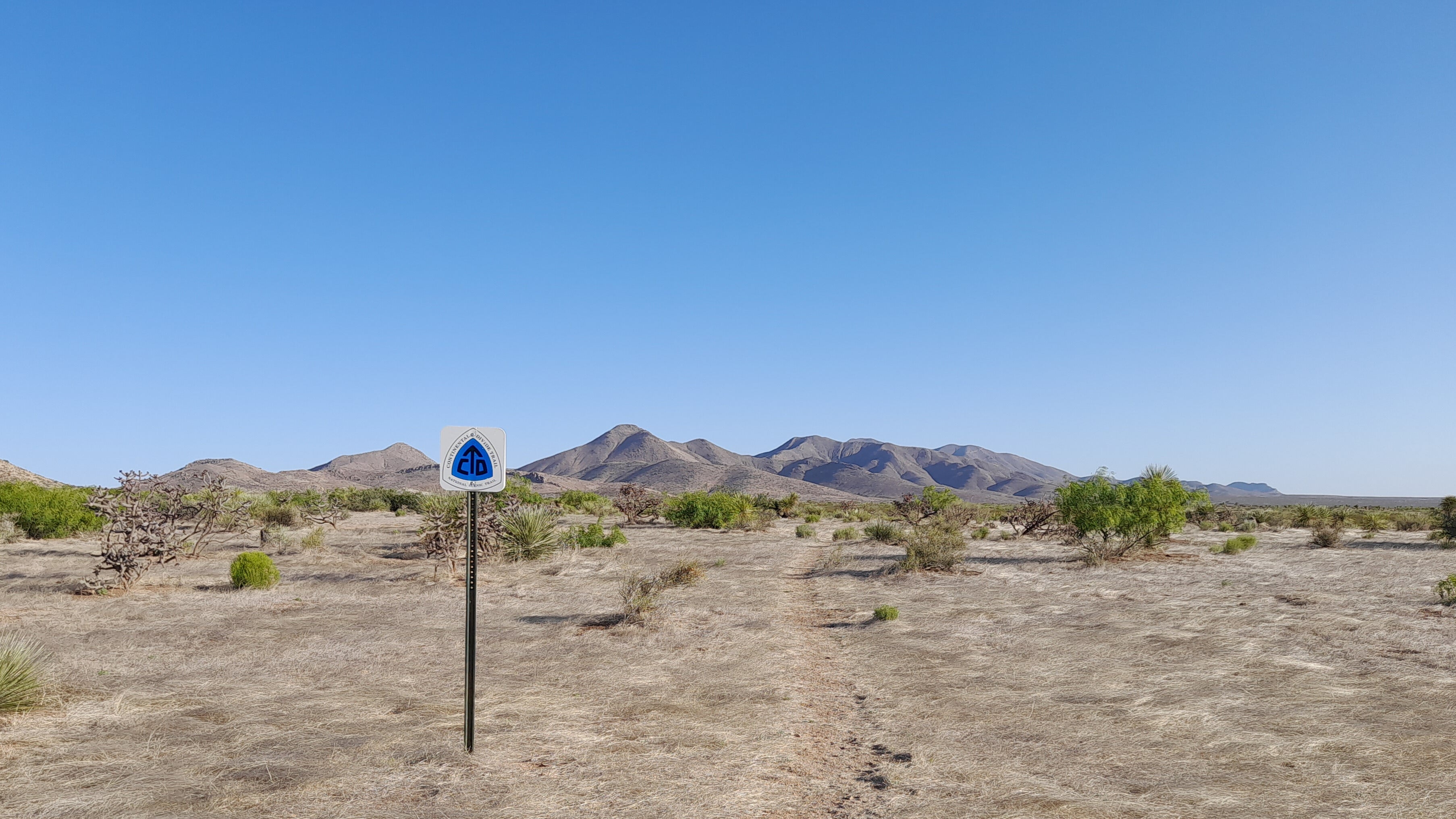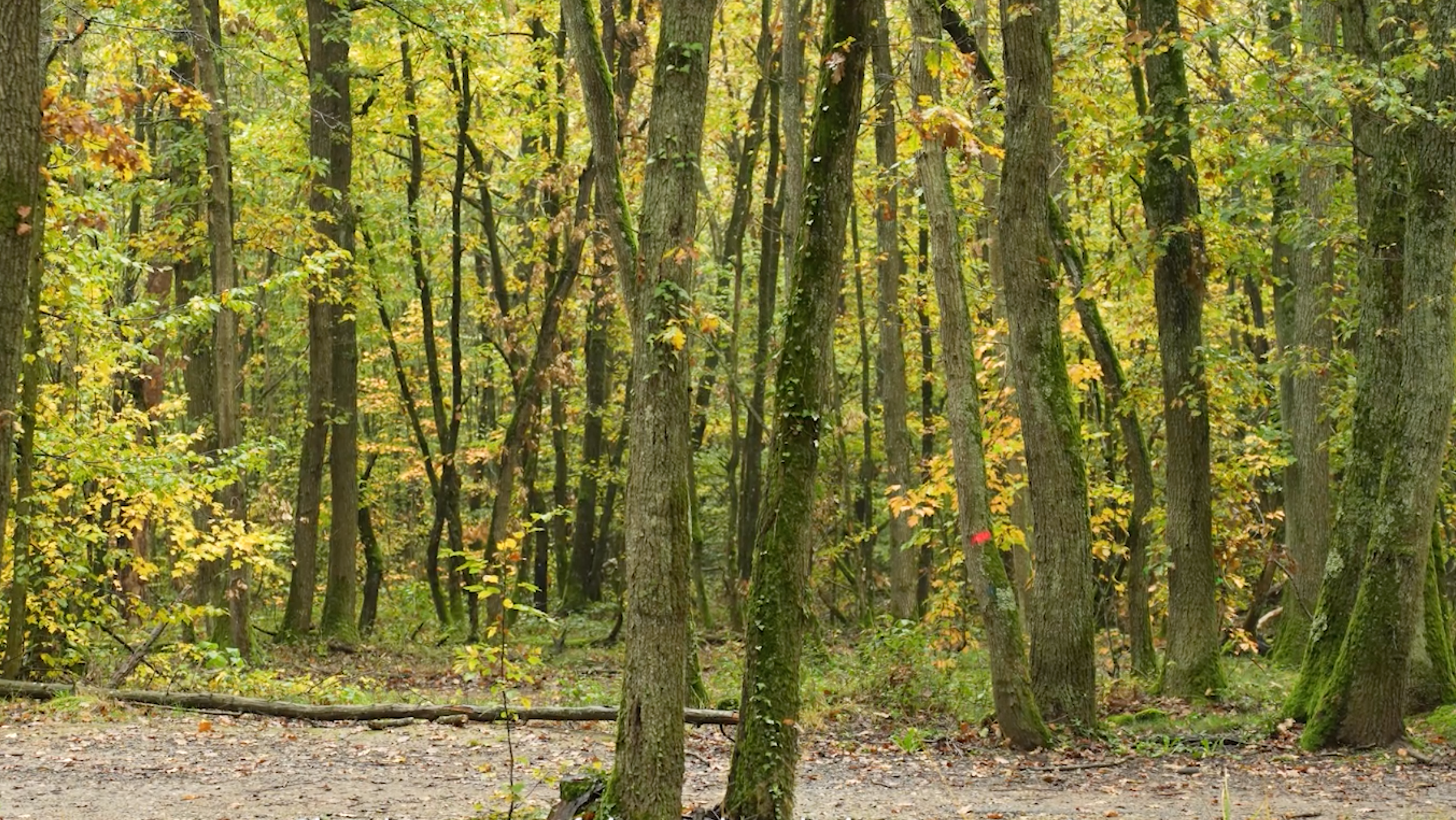Article: The great crossing of the United States from south to north - episode 1

The great crossing of the United States from south to north - episode 1
AN EXTRAORDINARY ADVENTURE
Episode 1: Start of the adventure and New Mexico
An extraordinary Adventure is what Pierre-Loïc experienced this summer. He crossed the United States on foot from south to north, passing through 5 states: New Mexico, Colorado, Wyoming, Idaho and Montana.
In total, he traveled 4,800 kilometres during a 111-day trekking-odyssey along the continental divide between the Pacific Ocean and the Atlantic Ocean. This extraordinary trail is known in the United States as the CDT or Continental Divide Trail.
Why taking on such a challenge?
The first question that comes to mind when thinking about the distance traveled and an almost four-month adventure in the wilderness, is of course why taking on such a challenge. What were Pierre-Loïc’s motivations for embarking on such an adventure?
The first motivation that Pierre-Loïc mentions was in fact to take the time and allow himself several months to live in the great outdoors and experience such an adventure.
In the past, Pierre-Loic has participated in numerous ultra races (including 100 mile races in the US). For each of these races, he had to organise himself to fit them into a busy professional schedule and this time, he really wanted to take his time, not a few days but several months to carry out his plan to cross the US on foot.
Pierre-Loïc was also attracted by the idea of being immersed in wild nature throughout the journey, of being able to observe and meet the fauna that lives in these natural spaces and of crossing regions marked by the long history of Indian tribes who lived there long before the birth of the United States.
After many years of practicing ultra-trail, he was also looking to embark on a long distance hike, a different format from ultra-trail races in which he used to participate .
How to prepare and how to manage water and food?
For Pierre-Loïc, as he modestly says, 'it is not a superhuman feat' to complete this trail. You have to train, that's for sure. You have to get used to carrying a backpack, for example, for often 12 hours a day. But many hikers complete the trail at their own pace and they are not all as fit as ultra-trailers can be. The only real constraint is that there is a weather window to complete this great trail: roughly between the months of April and September. Due to the high altitude of a large part of the trail, you must start in the spring when the snow from the previous winter has melted enough to clear the path and before the first snowfall of the following cold season at the very beginning of autumn.
After training and the weather window, equipment is also key to making this adventure a success, especially in terms of weight. It's the hunt for grams so as not to have to carry extra pounds every day for almost 4 months. The three main pieces of equipment are the backpack, the tent and the sleeping bag (apart from shoes and clothing). In addition, you also have to think about food and water. On certain portions of the CDT, you have to be 100% self-sufficient in food without the possibility of restocking for up to a week.
For water, fortunately there is now a mobile app that indicates water points along the trail. The app is collaborative, which allows trailers to exchange and inform, for example, those who will be stopping by the next day or a few days later. You must of course make sure to filter the water, the greatest risk being contamination by livestock. On certain sections, especially at the beginning, there are even 'trail angels' who come to put water in caches for hikers. Sometimes they even leave a cooler with a nice little note. Pierre-Loïc also met one of these 'trail angels' families. They were putting out water and snacks. He was able to thank them. They are part of the legend of the CDT and they simply make crossing New Mexico possible, especially on sections where there is no water source.
For food, the limit to take is the carrying capacity and for Pierre-Loïc, it was in fact the capacity of his bag. For portions where up to 7 days' food autonomy was required, he could no longer even close his bag because it was so full. And for 7 days of food autonomy, he had no choice but to take freeze-dried food sachets. It is in fact not advisable to venture too much into eating berries or fruits if there is any doubt about the type of berries or fruits encountered. It is not really the time to find yourself with food poisoning in the middle of nature, potentially several days' walk from the next village.
One exception to the freeze-dried food diet that Pierre-Loïc remembers was when he passed through a small town. He had planned to get supplies there but apart from two restaurants, there was no grocery store to get supplies. He therefore had to ask the restaurateur to prepare him 4 quesadillas which he took with him and which allowed him to reach the next town two days' walk away.
The starting point a few meters from Mexico
Pierre-Loïc left on May 12 from the southernmost point of the CDT, a few meters from a fence that marks the border between the United States and Mexico, more than two hours from the nearest town.
At the end of May, in New Mexico, the days are already very hot. And from the first day, he encountered a first difficulty: a burning sun... Pierre-Loïc, who doesn't really like to wear sunscreen, had no other choice than to use some on the legs. Sun protection immediately becomes its first priority in the kingdom of cacti in an arid landscape. For breaks, it's hunting for the shade of the smallest bush. Often, the only option is to stop in a dry river bed. The river bed being slightly steep, there are just small areas of shade to protect you from the sun during the break. And sometimes when there was just a bush or a small tree, he also had to manage to dislodge the cows!
On the first half of New Mexico, Pierre-Loïc chose to walk upstream of a river. It is one of the variations of the CDT which is very popular and often chosen by hikers. A river ride over 150 kilometres with canyons, beautiful cliffs, vegetation. The course constantly slaloms from one side of the river to the other. Pierre-Loïc remembers crossing this river a few hundred times in the space of three days. 'The first few times, it refreshes your feet, it's nice, but at the end you get a little tired of it'. On certain passages, there was also current. Pierre-Loïc fell twice on the last day into the river, but fortunately the current was not strong enough for him to be swept away.
After going up the river, Pierre-Loïc passed through the landscapes of Mesas (tables in Spanish), which are quite typical of this region. Mesas are like plateaus that rise above the landscape and have the particularity of being quite flat at the top, hence the impression of being in front of a large natural table that emerges above ground. Superb landscapes with very beautiful rock colours, clouds and sometimes rain in the distance and sublime lights, in particular the raking light of the sun in the morning.
On one of the last days in New Mexico, Pierre-Loïc had an unexpected encounter that could have gone wrong. At the end of the afternoon when he had been walking for many hours, he was, as he says, in a somewhat dreamy state, in his rhythm. And a sound suddenly brought him out of this somewhat dazed state. This sound was the one that the rattlesnake emits to signal its presence and impress intruders. This sound suddenly brought him out of his reverie and he stopped just two meters from the snake. He was walking on a narrow path, a 'single track' where the rattlesnake was and if he hadn't stopped, he was heading straight for him. Everything ultimately went well but it came down to a few meters and a few seconds. In retrospect, Pierre-Loïc is pleased to have gone to visit a small museum in El Paso before his departure on the CDT. In this museum there was a small display case with a button and when pressing the button you could hear the sound of the rattlesnake. Pierre-Loïc pressed the button several times to memorise the sound. And he confirms: it was indeed the same sound! A rattlesnake bite can be fatal. So a big thank you to the El Paso Museum for this very useful sound animation!
Over the last week while crossing New Mexico, the landscape began to change. As Pierre-Loïc says, 'we're starting to see some green again'. The altitude gets higher and higher up to 2500 meters and even higher. And in the distance, Pierre-Loic began to see the first foothills of Colorado and snow-capped peaks. He even experimented during the very last day in New Mexico a sudden change in climate and the appearance of snow. The last camp before crossing the border between New Mexico and Colorado was freezing. It was even difficult to find a place to pitch the tent because there was so much snow. It is almost a summary of all the diversity of landscapes, climates, vegetation of the CDT. Even during the crossing of a single state, in this case New Mexico, Pierre-Loïc went from a furnace-like environment in full sun with over 40 degrees and no shade to a freezing climate at altitude with lots of snow. And that was just a taste of what awaited him in Colorado.
In total, Pierre-Loïc took 25 days to cross New Mexico. No particular difficulty in terms of the course but two key issues that he had to manage: water and the sun, in addition to his sudden encounter with a rattlesnake fortunately without consequences and a final freezing night almost 3000 meters above sea level just before entering Colorado.
Next episode and next article: crossing (snowy) Colorado.


Leave a comment
This site is protected by reCAPTCHA and the Google Privacy Policy and Terms of Service apply.